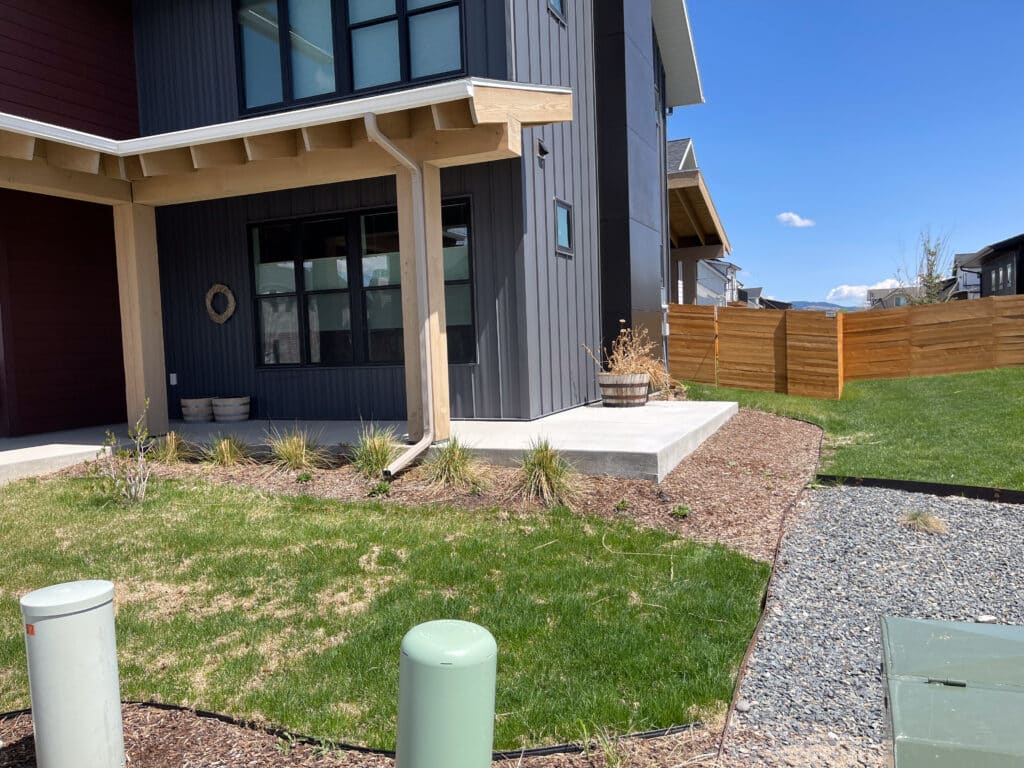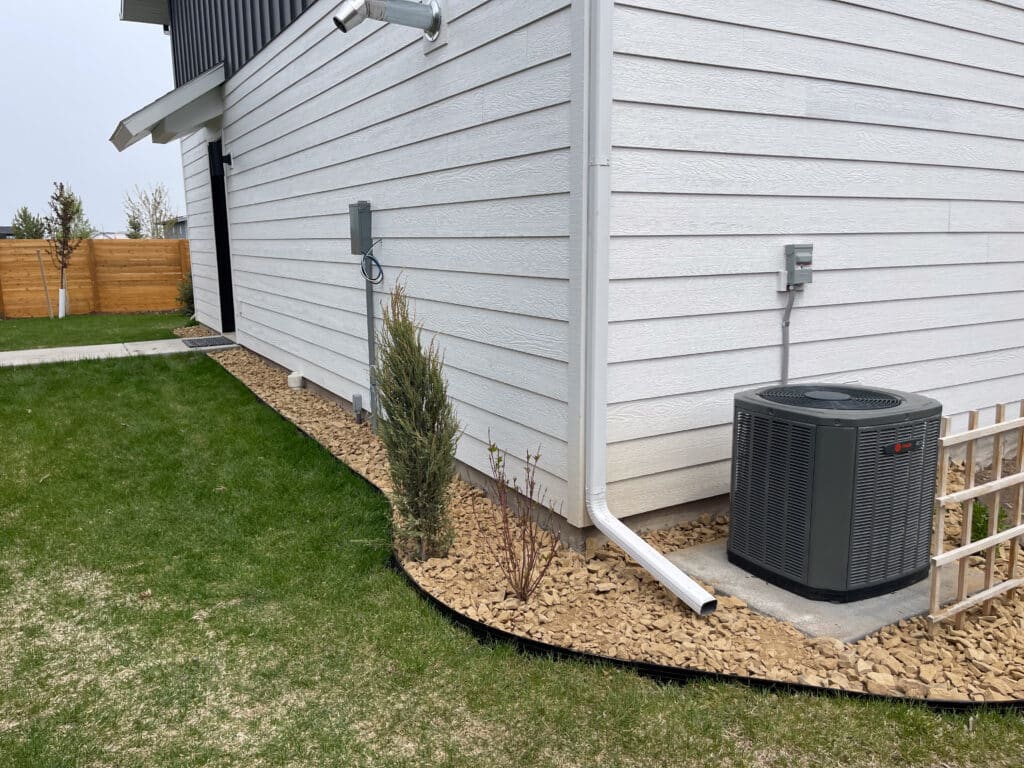Choose the right edging material, prepare the area, and install the edging to define borders.
Installing landscape edging not only enhances the aesthetics of your garden but also helps define borders, prevent grass or weeds from encroaching, and facilitate easier lawn maintenance. Here’s a step-by-step guide on how to install landscape edging:
Materials & Tools Needed
- Landscape Edging Material (options include plastic, metal, stone, or brick)
- Rubber Mallet
- Shovel
- Level
- Tape Measure
- Wooden Stakes
- String
- Landscape Fabric (optional)
- Edge Restraints (if using paver stones)
Steps
1. Plan and mark the Edging Line
Define the area where you want to install the edging. Use wooden stakes and string to mark the desired boundary. Adjust the layout until you are satisfied with the shape.

2. Prepare the Soil
Use a shovel to remove any grass, weeds, or debris along the marked boundary. Level the soil to create a smooth and even surface.
3. Install Edge Restraints (If Using Paver Stones)
If you’re using paver stones as edging, install edge restraints along the marked line. These restraints will hold the pavers in place. Use a rubber mallet to secure them firmly into the ground.
4. Place Landscape Fabric (optional)
Material: Pre-cast concrete.
If you want additional weed control, consider laying landscape fabric along the prepared soil before installing the edging. This helps prevent weeds from growing through the gaps.
5. Position the Edging Material
Unroll the landscape edging material along the marked line. Adjust the position to ensure it follows the desired shape. If using flexible plastic edging, it may come coiled – lay it out in the sun if needed to make it more pliable.
6. Secure the Edging
Use the rubber mallet to tap the edging into the soil. If using plastic edging, it typically has spikes or tabs that can be hammered into the ground. Ensure the top edge is level by periodically checking with a level.
7. Connect the Edging Pieces
If using multiple pieces of edging material, connect them according to the manufacturer’s instructions. This might involve sliding tabs or connectors into place.
8. Backfill and Compact Soil
Backfill soil against the installed edging to secure it in place. Use the rubber mallet or your hands to press the soil firmly. Compact the soil to create a stable base.
9. Check for Level and Adjust
Periodically check the level of the installed edging using a level. Make any necessary adjustments to ensure a consistent and level appearance.
10. Finish the Edging (If Using Paver Stones)
If using paver stones, fill the spaces between them with soil, gravel, or decorative mulch. This adds stability and enhances the visual appeal of the edging.
11. Water and Mulch (optional)
Water the newly installed edging to settle the soil. Consider adding mulch or decorative stones along the edging to create a finished look.
Tips
Choosing the Right Materials: Select an edging material that suits your landscape design and durability requirements.
Consider Curved Edges: Flexible plastic or metal edging allows for curved shapes, adding interest to your landscape.
Maintenance: Regularly check and maintain the edging to keep it looking neat and effective.
Use a Professional Edging Tool: For a clean and precise edge, consider using a specialized edging tool after installing the edging material.
By following these steps, you can install landscape edging that not only serves a practical purpose but also enhances the overall appearance of your garden or lawn.

